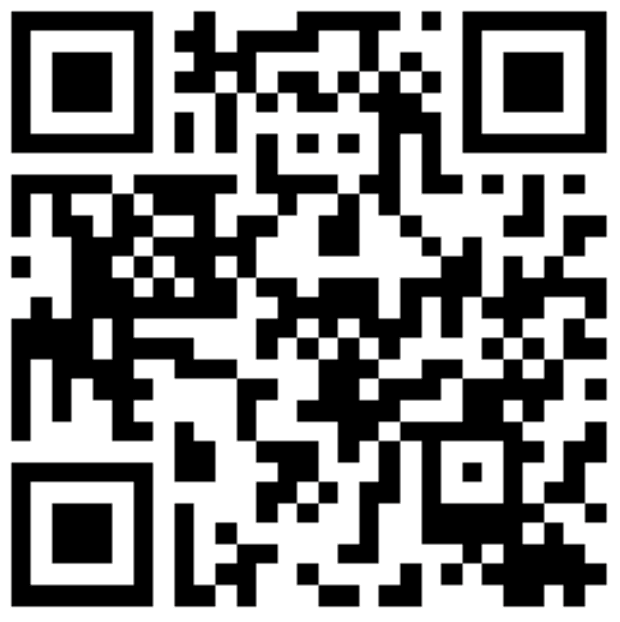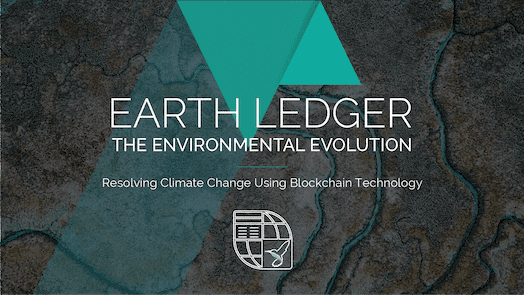Meso-innovations are the stereotypical “innovation” most people think of — the smartphone, the self-driving automobile, a possible HIV vaccine, and so forth. By the time these technologies are presented to the public, they seem like giant leaps forward. Yet they start their lives as new links created between concepts, people, fields, and take years of arduous incremental improvements. This combinatorial process is also known as the adjacent possible, a deterministic model of the delivery of insight.
As mentioned in Untapped Innovations (Unknown Knowns), some ideas are right in front of us but no one has noticed them before. When one mixes contextual backgrounds and perspectives, these gaps in knowledge might flash before us, creating moments of insights. Yet a new idea to one community might be standard practice to another. In fact, one way to look for out-of-the-box solutions is to find a different system with similar properties and borrow their methodologies.
One can create environments that maximize the serendipity of insightful moments. Intentionally convening the components of the Garbage Can Model can create the opportunity to self-organize unlikely connections. The participants need to have different contextual backgrounds, experiences, and memetic diversity. There needs to be a set of problems being faced, as well as solutions already tried or used. Maximize the variance of the system through the widest inclusion of all elements. Although the appearance of emergent innovations cannot be scripted or predicted, whatever does appear will usually delight the participants.
To the outsider, meso-innovations look like playing, because it is. The properties of having fun overlaps a great deal with the process of innovating. Both require engagement with others to explore beyond one’s context. Both generate a sense of delight from groups of people experimenting, trying variations of the same game, satisfying curiosity, and sharing the moment of discovery. Subtly, both playing and innovating require the permission of others. A well-behaved kid knows that playing in the sandbox is permitted but playing at the dinner table may be forbidden. Likewise, playing is not a typical workplace expectation, thereby requiring an intentional environment to promote it. Artists, designers and other meso-innovators know this, and their workspaces look like giant playgrounds.
Energy strategists will need new solutions to tackle our critical problems. The technologies, methodologies, and practices that got us here won’t get us out again. Whether inventing new frameworks, new products, or adapting existing ones to contemporary priorities, energy strategists will need to fill gaps with emergent innovations.
Weak Ties: Strengths of Relationships
Interpersonal relationships govern how information spreads within and among communities. These relationships are found between friends in a clique, professionals in an association, or a loose group of hobbyists. The strengths of these relationships can limit or spawn ideas, collaborations and innovations.
- Strong ties: Relationships that have a combination of time, emotional energy, mutual confiding, and reciprocity invested in it. These tight networks have shared assumptions, experiences, and world views.
- Weak ties: Acquaintances, perhaps through a mutual friend, similar hobbies, or common careers, that have a shared reason to cross paths.
- Absent ties: Those that are negligible, such as between a vendor and a client, or truly missing because no interactions exist.
First proposed by Mark Granovetter, weak ties are incredibly powerful at creating opportunities. Weak ties can disseminate information faster and to a broader audience whereas strong ties usually limit the message to a small clique. Weak ties increase the pace of innovation by bridging access to novel information and resources. Job seekers have a higher success rate finding employment through weak ties (friend of friends), as compared to strong ties (close friend), or absent ties (online resume submission).
This theory also highlights the importance of inclusion and diversity in the field of emergent innovations. One needs to maximize weak ties, beyond one’s comfortable context, for serendipity to emerge. To create future energy products, try convening different communities, contexts and cultures such that new ideas can combine and form (Figure 191).
Brainstorming: Generating Ideas
Brainstorming is a way of conducting a creativity exercise that unlocks ideas to solve a specific problem. Popularized by Alex Osborn, it is best used to help people be spontaneous in the free-wheeling generation of ideas and removing inhibitions that might hold them back.
There are many brainstorming methodologies. Most of them consist of three broad phases, (1) idea generation, (2) idea synthesis and (3) idea selection. Osborn made several recommendations for how to improve the outcome of a session. His philosophy was that more ideas generated will increase the likelihood that a good idea is contained within the group.
The purpose of a brainstorm should be well focused before it begins. Use a Focal Question to align the creative efforts of the stakeholders involved.
The principles of a brainstorm are:
- Defer judgment: During idea generation, do not evaluate the ideas being proposed.
- Reach for quantity: Optimize for idea generation. The quantity of ideas is the metric for success.
The rules of a brainstorm are:
- Go for quantity: Increase the likelihood of good ideas and solutions.
- Welcome wild ideas: All ideas are welcomed, regardless of how crazy they may seem.
- Withhold criticism: No criticism should be made to encourage free generation of ideas.
- Combine and improve: Merge ideas generated for further ideas and insights.
Once the idea generation phase is done, the ideas can be synthesized, discussed, and evaluated. During this phase, it is still likely for new ideas to emerge from the outcomes of what’s already been presented.
Finally, the ideas need to be filtered as to whether they solve the original problem. The ideas can be judged and prioritized, leaving the best one or best few for further analysis and consideration.
The methodology helps a group synthesize their collective knowledge and experience to craft possible solutions to a specific problem. Energy issues spans across many stakeholders, and innovative solutions need to consider the needs of many people.
Source: GreenBiz










